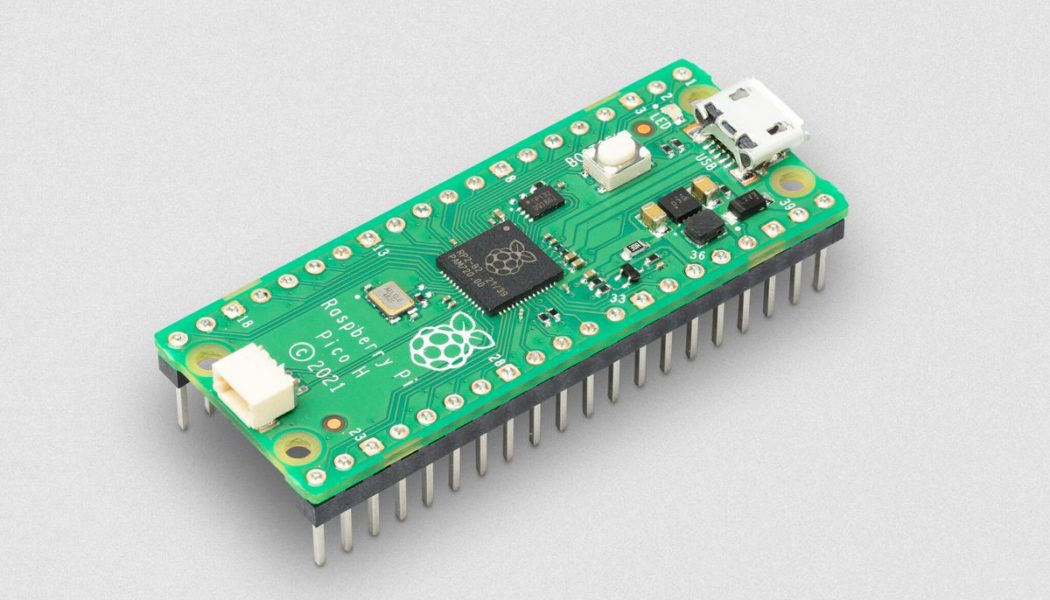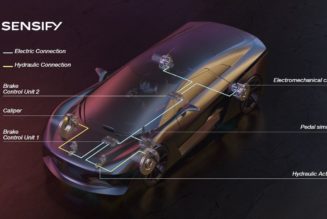Raspberry Pi has introduced a successor to last year’s Pico, a $4 microcontroller based on the RP2040 chip the company designed itself. The new model is called the Pico W. It’s basically the same hardware, but it adds, as the name suggests, an 802.11n Wi-Fi radio, making it useful for putting together IoT projects and the like. It’s also more expensive than the standard Pico, coming in at $6.
A 50 percent price jump isn’t insignificant (especially if you plan on buying a ton of these), but it’s understandable why the W version costs so much more than the original. Raspberry Pi CEO Eben Upton told The Verge’s Nilay Patel that adding radios to products is very expensive. “Just the radio conformance for a modern Raspberry Pi product is the best part of half a million dollars,” he said. The $4 Pico also isn’t going away. If cost is a big factor and you can do without network connectivity, you can still get the less expensive model.
[embedded content]
The company says it added wireless to the Pico using an Infineon CYW43439 chip. Curiously, that chip also supports Bluetooth, but Raspberry Pi says it’s not currently enabled. (Though it does hint that it’s at least considering enabling it in the future.)
While there are accessories available to get your standard Pico attached to a network, they were significantly more expensive and bulkier than having Wi-Fi built into the microcontroller itself — plus they used up valuable pins that could’ve been attached to other fun accessories. The Pico W just comes with it built in, and you can even use it as a drop-in replacement for a project based on a standard Pico if you want.
The Pico W’s 2.4GHz 802.11n connectivity seems very old-fashioned in the days of Wi-Fi 6E, but it’s worth noting that the Pico W isn’t made to be a desktop computer that can surf the internet — it’s built to control other electronics or hardware devices. Now, though, it can do that while sending information back and forth over a network. As an example, the regular Pico could let you control an array of LEDs with a switch or button. You can still build that with a Pico W, but you’d also have the option of controlling the lights from your laptop.
:no_upscale()/cdn.vox-cdn.com/uploads/chorus_asset/file/23663793/PICO_H_HERO_1_2048x1365.jpg)
Raspberry Pi also announced two other Pico products: the Pico H and Pico WH. They’re the same as the Pico and Pico W, respectively, but they cost a buck more and come with pre-attached pin headers and a debug connector, whereas the base versions just have regular pad-like pins. Basically you’re paying to make it easier to attach things, which will be worth it for some folks but not others. (Personally, I might buy the regular version just to give myself an excuse to get in more soldering practice.) The H is available today, while the WH will be available in August.
In its press release, Raspberry Pi says that people looking to experiment with hardware have flocked to the Pico as the semiconductor shortage makes it difficult to find chips. While the company promises it has plans to make “tens of millions more” Picos, it has been hit, too: anyone who’s recently tried to buy its more complex computers, like the Raspberry Pi 4, knows that finding it in stock can be difficult. Currently, though, the Pico, Pico W, and Pico H are all available on several sites, such as The Pi Hut and Pimoroni. Adafruit and Cytron have pages for the Pico W and say they’ll be available to order soon.









